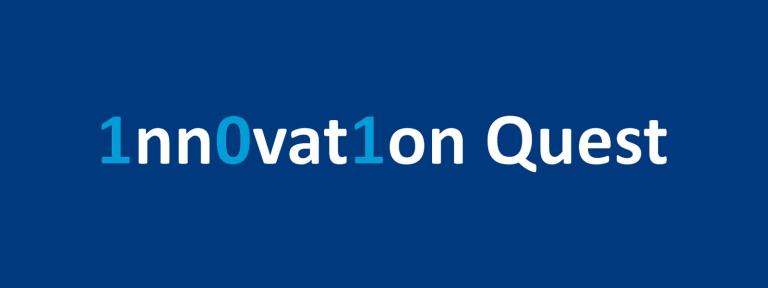
“Innovation Quest is one of several ways we are enabling our students to think on their feet as they develop an agile innovative and entrepreneurial mindset.”
Kettering University students will be putting their design and engineering skills to the test at 6 p.m. June 11 when they build and launch rockets in an Innovation Super Quest competition on the lawn behind the Campus Center building.
The event is the culmination of weekly Innovation Quest challenges that feature students competing in timed engineering events using limited materials -- including garbage bags, spaghetti noodles, marshmallows, straws, paint stirrers, electrical tape and other common items -- to construct working products like parachutes, ramps and cages to safely drop eggs in, among others.
Innovation Quest at Kettering is supported under the Kern Entrepreneurship Education Network (KEEN) program funded by the Kern Family Foundation. The purpose of the events is to get students more comfortable thinking like innovators and entrepreneurs.
Innovation Quest challenges help Kettering students think quickly and make use of limited resources.
“Innovation Quest is one of several ways we are enabling our students to think on their feet as they develop an agile innovative and entrepreneurial mindset,” said Dr. Massoud Tavakoli, professor of Mechanical Engineering and director of Kettering’s Innovation to Entrepreneurship Across the University (i2e-AU) initiative. “It’s in line with KEEN’s mission to instill an entrepreneurial mindset in engineering students early on in their undergraduate careers. These contests purposely give students limited time and resources and encourage them to use their resources to achieve a goal.”
The Innovation Super Quest will give students a little more time than the typical competitions, which occur on Wednesdays during lunch. Student teams will all use the same model rocket launcher, and all will be able to work on designs for their rocket prior to the competition. There is still a catch though -- the rockets will have to hit a target approximately 200 feet away, but the target might be plus or minus 25 feet from 200 feet on the day of the competition.
“The idea is that on the day of the competition, the teams will have had to build rockets that are flexible enough to adjust to hitting a target slightly further or closer to what they originally planned for,” said Paul Woodson, a senior Mechanical Engineering major who has run the Innovation Quest competitions during B-section.
Woodson was a longtime competitor in the competitions before taking an organizing role.
“I loved competing so much, that when the opportunity to get more involved came up, I took it,” he said.
He also noted that he’s heard from many students who have used things they’ve learned in the competitions in their classroom experiences as well.
“I’ve seen it impact people and how they think,” Woodson said. “One student was building a rube goldberg machine for a class, and specifically said that he got design ideas directly from something he built for Innovation Quest. The competitions really get people to think outside the box and use whatever little resources they have to accomplish things.”
There are expected to be 10-15 teams in the Innovation Super Quest, with teams comprised of two-four individuals.
For more information about Innovation Quest challenges, visit their Facebook page.